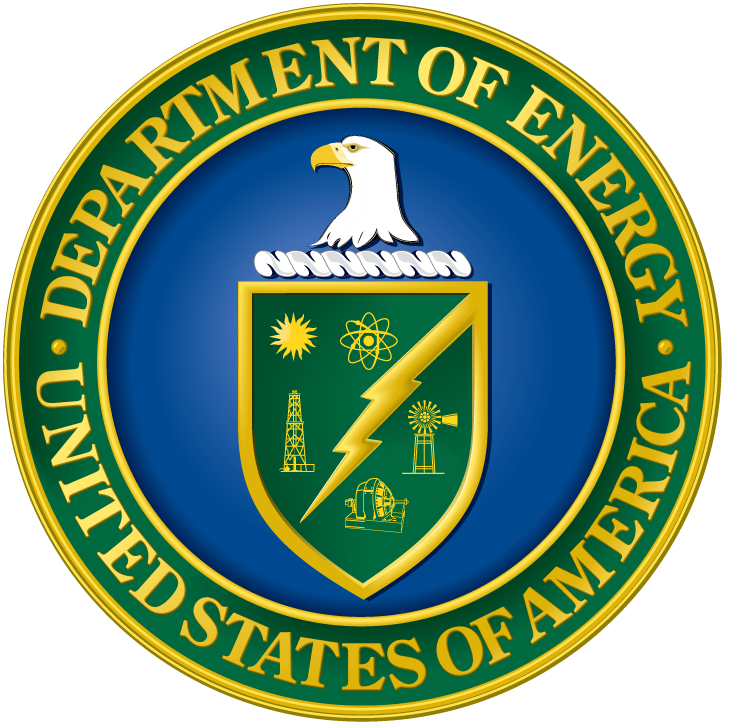Part 1 of 2 Parts
The U.S. Department of Energy's (DoE) Advanced Reactor Demonstration Program (ARDP) is dedicated to help our domestic nuclear industry demonstrate their advanced reactor designs on accelerated time schedules. It is hoped that this will ultimately help us build a competitive fleet of new U.S. reactors that will offer significant improvements over today’s technology.
The advanced nuclear fission reactors which are selected for risk-reduction awards are an excellent representation of the diverse designs currently under development in the U.S. They vary from advanced light-water-cooled small modular reactors (SMRs) to new designs that utilize molten salts or high temperature gases to flexibly operate at even higher temperatures and lower pressures than current power reactors.
All of these new reactor designs have the potential to compete globally once they have been deployed and will offer consumers more access to a reliable, clear power source that can be depended on in the near future to flexibly generate electricity, drive industrial processes and even provide drinking water to communities with poor access to clean water.
Two ARDP demonstration projects are currently moving ahead as TerraPower and X-energy aggressively work with their teams to plan for and ultimately deliver operation reactors in the next seven years. Although these designs may be further along in the technology development process at this time, other domestic vendors need additional financial, technical and regulatory support to mature their designs.
Many companies don’t have access to the infrastructure, facilities and computer models needed to gather the data that’s required to prove to the NRC that these reactors work as designed. In order to lower this technology development risk, the DoE awarded thirty million dollars to five U.S. teams to address the technical, operational and licensing challenges that they currently face. The goal is to improve technological readiness and prepare these five companies for future demonstration, and eventual deployment.
Listed below are short descriptions of five U.S. designs that could be operational within the next fourteen years.
BWXT Advanced Nuclear Reactor
BWXT Technologies is working on a transportable microreactor that can function in off-grid applications and remote areas to produce 50 megawatts of thermal energy for deployment in the early 2030s. This high-temperature gas cooled reactor uses a different form of DoE’s TRISO fuel that contains a uranium nitride fuel kernel for better performance. The team will collaborate with the Idaho National Laboratory (INL) and the Oak Ridge National Laboratory (ORNL) to test and qualify the new TRISO fuel.
They will also focus on optimizing new manufacturing technologies that could help to cut the cost of microreactors in half. In addition, they will develop capabilities that could benefit other advanced reactor designs in the process.
eVinci Microreactor
Westinghouse Electric Company is also working on a transportable microreactor that can be installed on-site in under thirty days. The 15-megawatt thermal reactor utilizes TRISO fuel and a specialized heat pipe design to flexibly operate on a grid on in a remote location. The company will collaborate with Los Alamos National Laboratory, INL, and Texas A&M University to develop a small demonstration unit. This short term, two years project supports a larger effort by Westinghouse to demonstrate a prototype reactor by 2024. Full commercial deployment is targeted for the mid-to-late 2020s.
Please read Part 2 next
